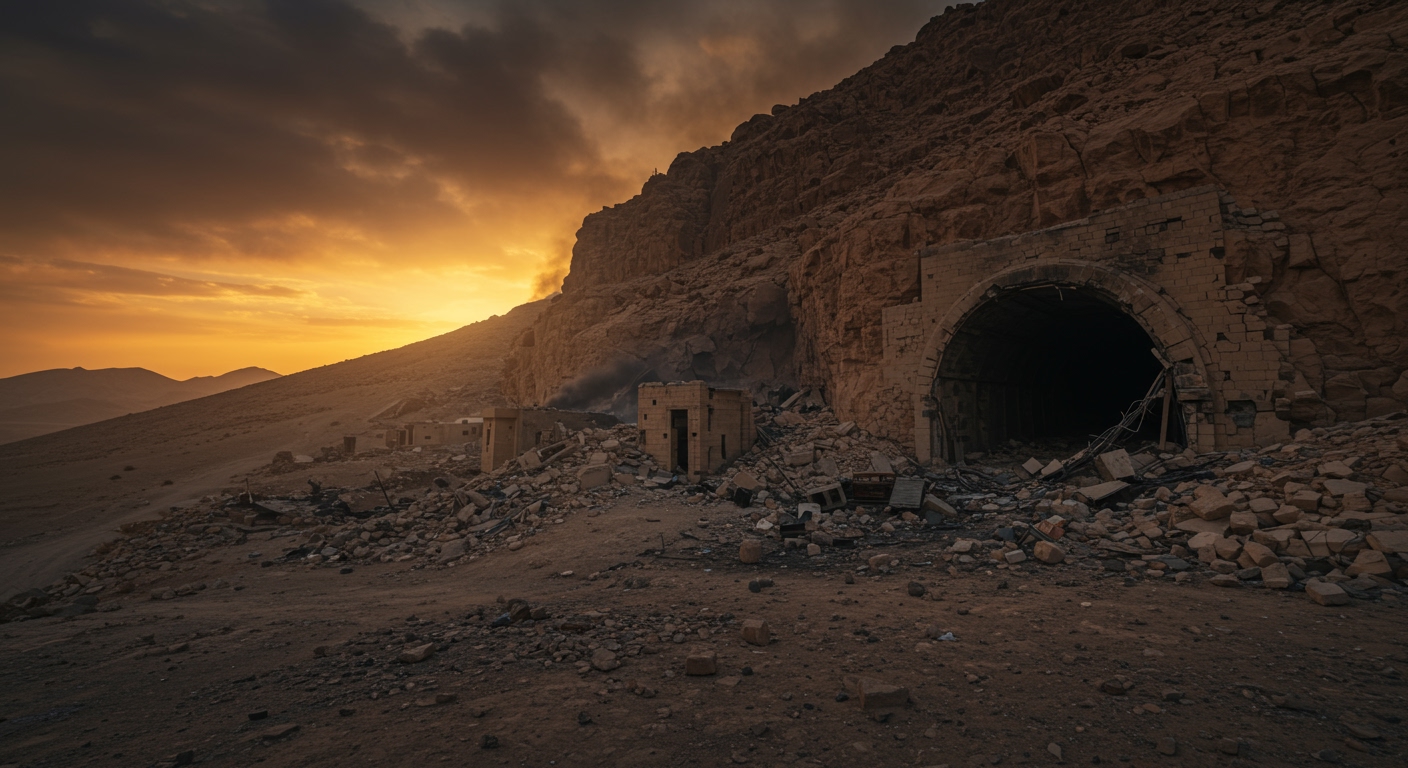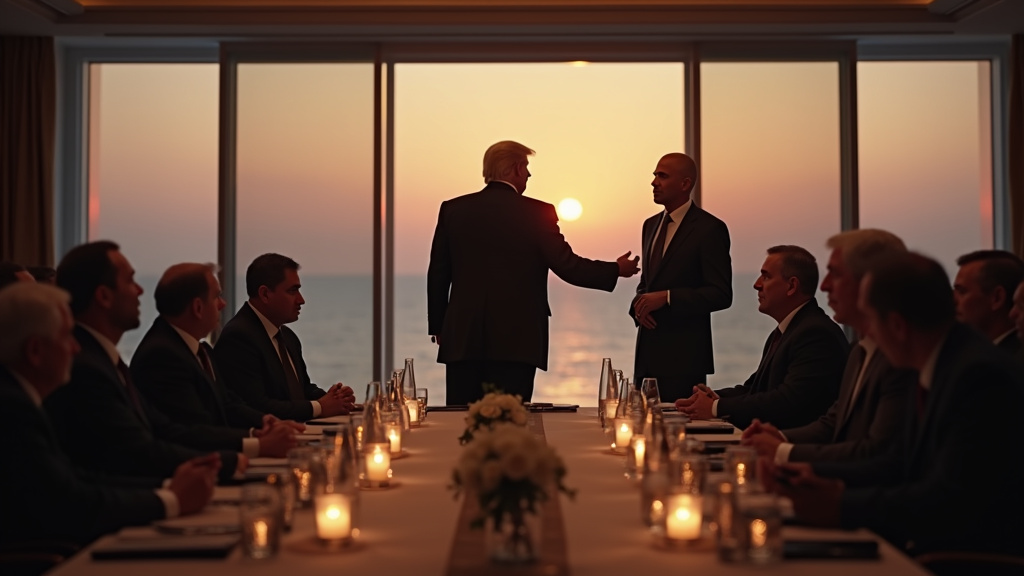In a dramatic escalation of Middle East tensions, the United States on Sunday launched extensive air strikes targeting key Iranian nuclear sites. The action, described by US President Donald Trump as having “totally obliterated” the facilities, marked Washington’s entry into what he termed Israel’s war with Tehran, representing the most significant Western military operation against the Islamic Republic since its 1979 revolution.
The Pentagon is currently undertaking detailed assessments to determine the full impact of the strikes. Joint Chiefs of Staff Chairman Gen. Dan Caine provided an initial evaluation, stating that battle damage assessments indicated all three targeted sites had sustained extremely severe damage and destruction. This preliminary report underscores the scale and intensity of the US action.
Military Action and Site Targeting
The strikes were reportedly widespread and powerful, with specific details emerging about the targeting of the Fordo nuclear site. Located deep within a mountain for protection, the Fordo facility was purportedly struck using 30,000lb bunker buster bombs, highlighting the US military’s capability and intent to neutralize hardened targets believed to be critical to Iran’s nuclear program. While details on the other two targeted sites remain pending further official confirmation, the focus on nuclear infrastructure signals a direct challenge to Iran’s atomic ambitions.
Geopolitical Fallout and Responses
The immediate aftermath of the strikes has seen a rapid increase in geopolitical friction. Iran has issued a defiant response, vowing to defend itself and asserting its right to exercise “all options” in reaction to the US military action. This pledge of retaliation has heightened concerns across the region.
In response to the escalating tensions, American troops and bases throughout the Middle East have been placed on high alert. The State Department has also taken precautions to safeguard personnel abroad, signaling concerns about potential reprisals against US diplomatic and military interests globally.
The US action and subsequent Iranian reaction evoke comparisons to previous periods of heightened confrontation, but the direct targeting of nuclear facilities by a Western power on this scale marks a new and potentially volatile phase in the relationship between Washington and Tehran.
Israel’s president commented on the situation, stating that Israel is not attempting to drag the United States into a war with Iran. He clarified that the decision by the US was related to America’s national security interests, appearing to distance Jerusalem from the direct impetus for the strikes while affirming the strategic alignment on countering Iran.
Canada has called for de-escalation and diplomacy. Prime Minister Mark Carney urged a diplomatic solution to the crisis, reflecting the international community’s concern about the potential for wider conflict in the volatile Middle East.
Domestically within the United States, the strikes have prompted reactions, including the emergence of anti-war protesters in US cities, indicating public divisions over the military intervention.
President Trump declared the mission a success and issued a stern warning to Tehran. He stated that if Iran does not seek peace, future attacks would be “far greater and easier,” underscoring a willingness to employ further military force.
Global Economic Repercussions
The military action has sent immediate ripples through global markets, particularly impacting energy prices. Oil prices jumped sharply following the news, reaching their highest level since January. This reaction highlights the market’s sensitivity to stability in the Middle East, a critical region for global energy supply.
Financial institutions have begun assessing the potential economic fallout. Goldman Sachs, a prominent global investment bank, highlighted the significant risks to global energy supply posed by the escalating crisis. The bank specifically pointed to the potential for disruption in the Strait of Hormuz, a vital chokepoint for a substantial portion of the world’s oil shipments.
Goldman Sachs estimated the potential impact on oil prices, suggesting that Brent crude could briefly peak at $110 per barrel if oil flows through the critical waterway were halted for a month and remained down by 10% for the subsequent 11 months. This forecast illustrates the potential for a substantial price shock should the conflict impact maritime traffic in the Gulf.
In the aviation sector, commercial airlines globally are evaluating the suspension of Middle East flights as they conduct security assessments. Singapore Airlines has already taken action, announcing the cancellation of flights from Singapore to Dubai, reflecting the immediate operational considerations prompted by the increased risk in the region.
The strikes have undeniably redrawn the lines of engagement in the Middle East, triggering immediate military, political, and economic consequences that are expected to reverberate globally.





